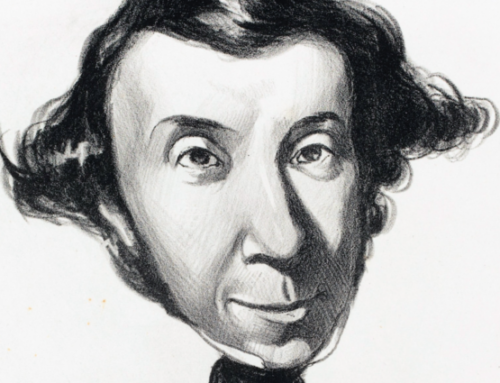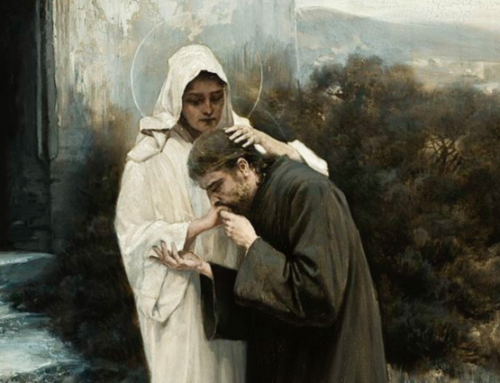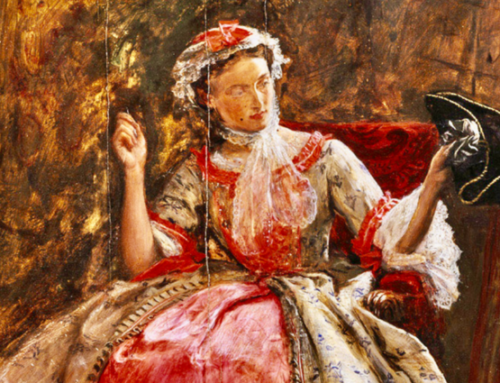 Ever since I arrived at Cambridge as a student in 1964 and encountered a tribe of full-grown women wearing puffed sleeves, clutching teddies, and babbling excitedly about the doings of hobbits, it has been my nightmare that J.R.R. Tolkien would turn out to be the most influential writer of the twentieth century. The bad dream has materialized. At the head of the list, in pride of place as the book of the century, stands The Lord of the Rings.[i]
Ever since I arrived at Cambridge as a student in 1964 and encountered a tribe of full-grown women wearing puffed sleeves, clutching teddies, and babbling excitedly about the doings of hobbits, it has been my nightmare that J.R.R. Tolkien would turn out to be the most influential writer of the twentieth century. The bad dream has materialized. At the head of the list, in pride of place as the book of the century, stands The Lord of the Rings.[i]
These dismal words expressing disgust that The Lord of the Rings had been voted the greatest book of the twentieth century in a major national opinion poll in the U.K. were written by the militant feminist, Germaine Greer, who rose to fame in 1970 as the author of The Female Eunuch, one of the most influential books of the women’s liberation movement. Why, one wonders, does Tolkien’s magnum opus have the power to give feminists nightmares? What is it about Tolkien’s work that causes such an apoplectic reaction?
Perhaps the most obvious reason is that Tolkien assigns his female characters decidedly feminine roles. Arwen is betrothed to Aragorn, serving as his inspiration, but her own direct role in the plot is minimal and is defined more by her powerful absence than by her presence. On a less grandiose but a nonetheless noble level, Rosie Cotton serves as an inspiration to Samwise Gamgee during his absence from the Shire and, upon his return, becomes his wife and the mother of his children. Éowyn proves herself in battle, defeating the Witch-king, but she finds her ultimate fulfillment in marriage to Faramir. Her renunciation of her erstwhile desire to fight like a man is described by Tolkien as a conversion of soul, and even a healing of the spirit:
Then the heart of Éowyn changed, or else at last she understood it. And suddenly her winter passed, and the sun shone on her.
‘I stand in Minas Anor, the Tower of the Sun,’ she said; ‘and behold! the Shadow has departed! I will be a shieldmaiden no longer, nor vie with the great Riders, nor take joy only in the songs of slaying. I will be a healer, and love all things that grow and are not barren.’[ii]
Although Éowyn’s embrace of fertility and her willing surrender to Faramir’s love are guaranteed to outrage the feminist reader, it would be a gross and grotesque error to see her change of heart as a defeat of her powers as a woman. Her status as the slayer of the Witch-king is not diminished, nor is the fact that the Witch-king’s defeat could only be accomplished by a woman negated. There is indeed a religious significance in Éowyn’s victory over Sauron’s evil emissary. In her triumph, she parallels the role of the Blessed Virgin in the crushing of the head of the serpent. In this context it is significant that Tolkien agreed with a friend who had compared the image of Galadriel, another significant female figure in The Lord of the Rings, to that of the Virgin Mary. Tolkien confessed that “all [his] own small perception of beauty both in majesty and simplicity [were] founded” on his love for the Virgin Mother of Christ.[iii]
In the symbolic parallel of the roles of Éowyn and Galadriel to that of the Blessed Virgin, we see the reverence and respect with which Tolkien holds his female characters. Such reverence and such respect throw into confusion the efforts of feminists to cast the author of The Lord of the Rings in the role of the male chauvinist who seeks to trample roughshod on the rights of women. His weakness, if indeed it is a weakness, is not that he looks down on women, but that he places them on a pedestal above his head. His crime, if it is a crime, is that he bestows upon his female characters a dignity that is perhaps undeserved. The complaint of women to Tolkien’s treatment of them is only tenable if it is centred on the desire to be removed from the pedestal, not if it is rooted in a demand to be raised from the floor. Women may not deserve to be treated in the way in which Tolkien treats them; if so, it is because they are not worthy of such reverence and respect. In the final analysis, Germaine Greer’s hostility to Tolkien can be likened to the ingratitude of a maiden who has no desire to be saved from the dragon.
This essay was originally published in the St. Austin Review and is republished here with gracious permission.
[i] W Magazine, Winter/Spring 1997; quoted in Joseph Pearce, Tolkien: Man & Myth, San Francisco: Ignatius Press, 1998, p. 6
[ii] J.R.R. Tolkien, The Lord of the Rings, Boston: Houghton Mifflin, 2004, pp. 964-5
[iii] Humphrey Carpenter (ed.), The Letters of J R.R. Tolkien, London: George Allen & Unwin, 1981, p. 172








I love Tolkien, and I believe that his heart is in the right place, but sometimes in real life when a man puts a woman on a pedestal, he sees a symbol instead of an individual. As a symbol, the woman represents an ideal, but if she makes a mistake or simply behaves as people do, the man’s disappointment can have tragic consequences. Who wouldn’t want Eowyn or Arwen for a wife? But when she starts to complain that you haven’t taken out the trash lately, the divine light quickly dims.
I think Tolkien understood everything you suspect him of missing in the danger of putting women on a pedestal. One of his most famous personal letters is written to his son on the subject of women in which he states of the concept of chivalry of old:
This is a brilliant observation. Thank you for it. I recently taught the short story “Araby” in my English classroom and used this example as I had just finished taking the class through “The Hobbit.” It’s a perfect match-up: the LOTR women with Mangan’s sister, whom the Young Narrator of the story puts on a pedestal, as well. Thank you for this essay, I will use it in the classroom, without a doubt. I am aware of Greer’s remarks having just read “The Fellowship: The Literary Lives of the Inklings” by the Zaleskis. I especially love this excerpt of the above essay:
“His weakness, if indeed it is a weakness, is not that he looks down on women, but that he places them on a pedestal above his head. His crime, if it is a crime, is that he bestows upon his female characters a dignity that is perhaps undeserved. The complaint of women to Tolkien’s treatment of them is only tenable if it is centred on the desire to be removed from the pedestal, not if it is rooted in a demand to be raised from the floor. Women may not deserve to be treated in the way in which Tolkien treats them; if so, it is because they are not worthy of such reverence and respect. In the final analysis, Germaine Greer’s hostility to Tolkien can be likened to the ingratitude of a maiden who has no desire to be saved from the dragon.”